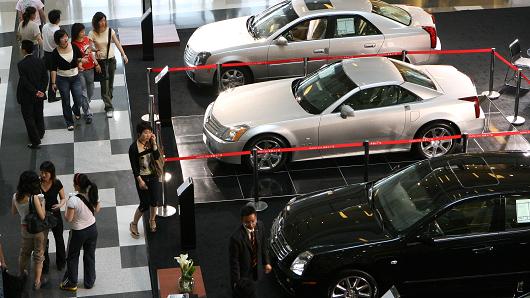This is a newly opened second-hand car market in Shijiazhuang City, the capital of Hebei Province in north China. Hundreds of car dealers are inside. Because more people are now choosing to buy a second-hand car.
I began to drive second-hand cars six years ago, and have changed them several times.
The price is a major factor. A relatively new second-hand car is at least 15 percent cheaper than a new one. They are coming from more developed regions to less developed regions. And the frequency of people changing cars is also rising, along with more financing solutions.
70% of sales involve loans. It is a fast developing market. It only requires having a job and steady income, and you will get a car loan in a day.

The market for second-hand cars has huge potential in China and is developing fast. However, there are still barriers that are restraining the development, and that is what policy makers are trying to change.
In March, the State Council released new guide lines to promote the second-hand car market, cancelling barriers on cross region sales. However, for many regions, trans-regional sales only apply to cars that meet the new emission standard, which basically means, cars made in 2016.
This limits the supply. Cars between two to six years old are the most popular ones.
China’s second-hand car sales will reach ten million this year. Yet it is still less than new car sales. In developed countries, second-hand car sale could be four to six times more than new car sales.
Many regions fear allowing second-hand cars to flow in could bring more pollution. As China is planning to fully implement new emission standards in 2017, it could be the key to unlocking the market.











